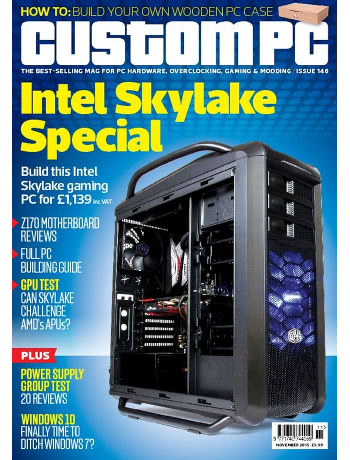
For years, I’ve wanted a thermal camera. Recently, the price of cameras has plummeted and I was finally able to justify – just about – the cost of the entry-level Flir C2. While it takes a while to get used to thinking in resolutions of 80×60 – the total resolution of the Flir Lepton thermal imaging module featured in the C2 – I’ve been having no end of fun capturing thermal data on everything from single-board computers to my cat.
In the column, though, I argue for the application of thermal imaging in the hobbyist realm. With smartphone-connected thermal cameras now available in the low-hundreds, and a broken-out Lepton module the equal of the one found in the C2 available for just £160, a thermal imaging sensor is no longer the preserve of well-heeled professionals. I’ve found mine useful for tasks from finding hot-spots on a board design to spotting heatsinks which were not properly mated to the components below.
When I wasn’t playing with the thermal camera, I was playing with the Kosagi Novena. Born from the mind of noted hacker Andrew ‘Bunnie’ Huang, the Novena is remarkable: it’s a truly open computer, with everything from the firmware through to the board designs being published under an open-source licence. Loaned by UK hobbyist electronics shop oomlout, I was sad to give the crowd-funded Novena back – despite an ARM-based processor outclassed by even the cheapest of x86 laptop parts.
Finally, the ZX81. I’ve been clearing out much of my classic computer collection as I shift to a smaller office, and while I had to get rid of my rather rare Sinclair ZX81 I wanted to record its existence for posterity. From the very original production run, this machine boasted the ‘cockroach’ – a bug-fix for a fault in the ROM implemented in hardware, with a hand-soldered board attached to the top of the system’s CPU. It’s a jarring sight, and one that I was privileged to see in person: only a handful of cockroach-model ZX81s, fixed while the company waited for corrected ROM chips to arrive, exist and they’re all externally identical to non-cockroach models.
All this, plus a wide selection of stuff written by people who aren’t me, is available now from your local newsagent, supermarket, or digitally via Zinio and similar services.

 This month’s Custom PC magazine is a rather special issue: it’s the only place you’ll find a step-by-step photographic feature on how to build Sinclair Computer’s ZX81 kit outside a time-travelling newsagent with good stock of 1981-era magazines.
This month’s Custom PC magazine is a rather special issue: it’s the only place you’ll find a step-by-step photographic feature on how to build Sinclair Computer’s ZX81 kit outside a time-travelling newsagent with good stock of 1981-era magazines.